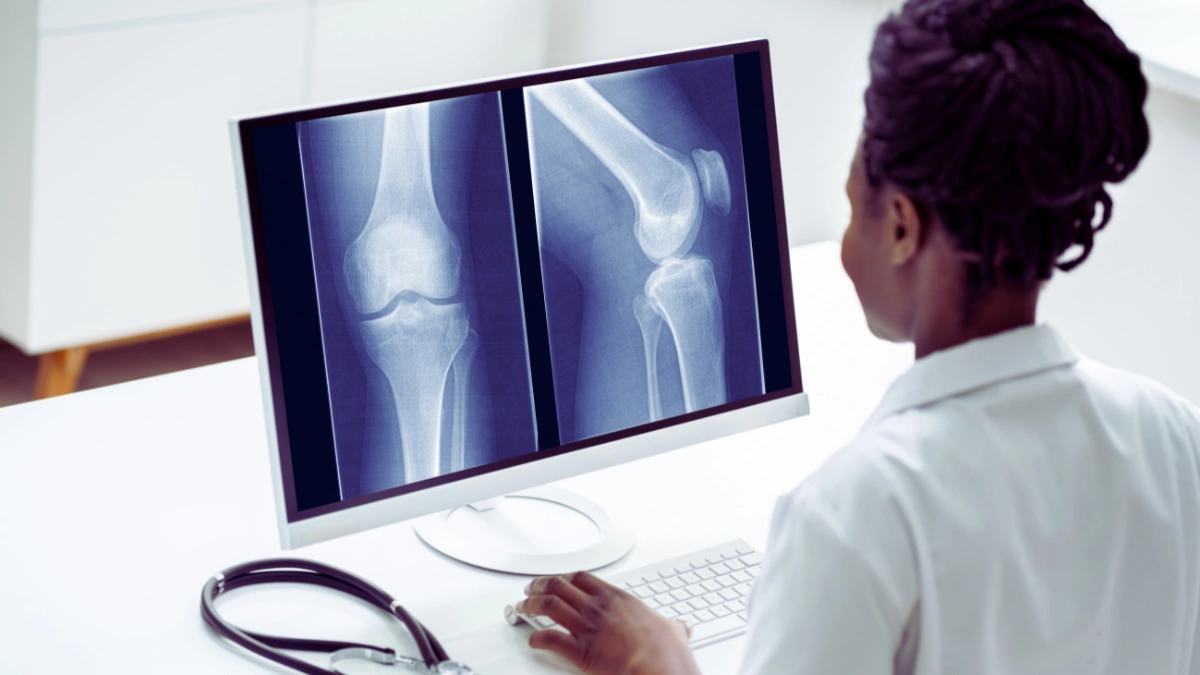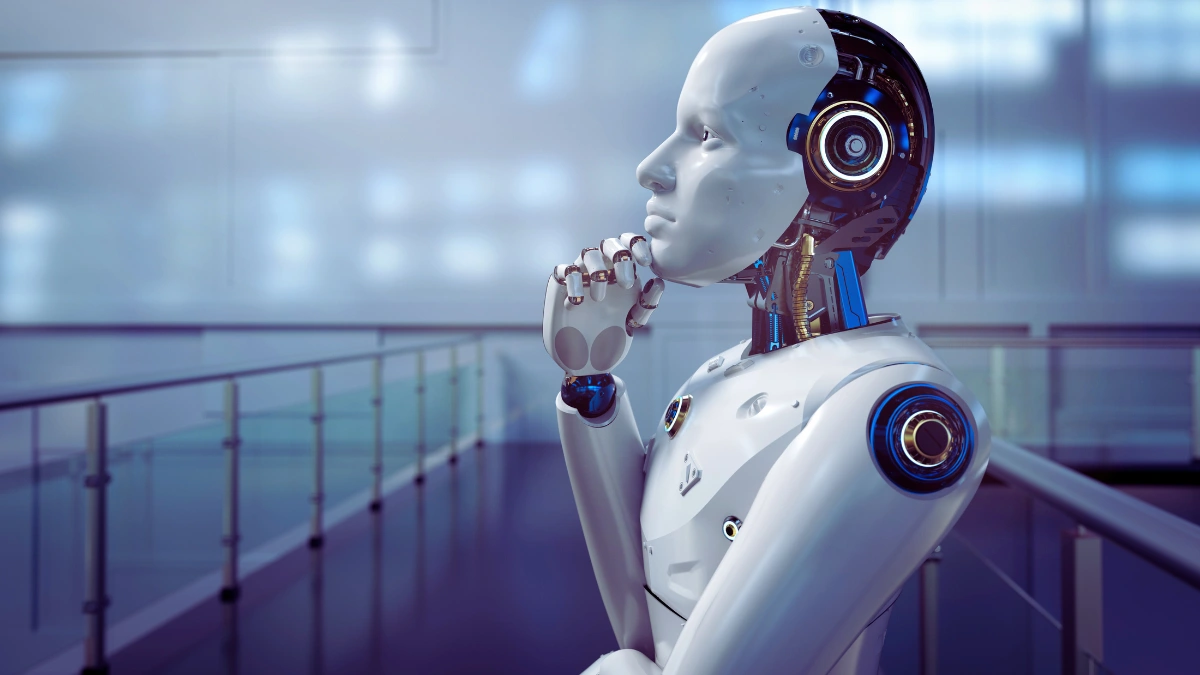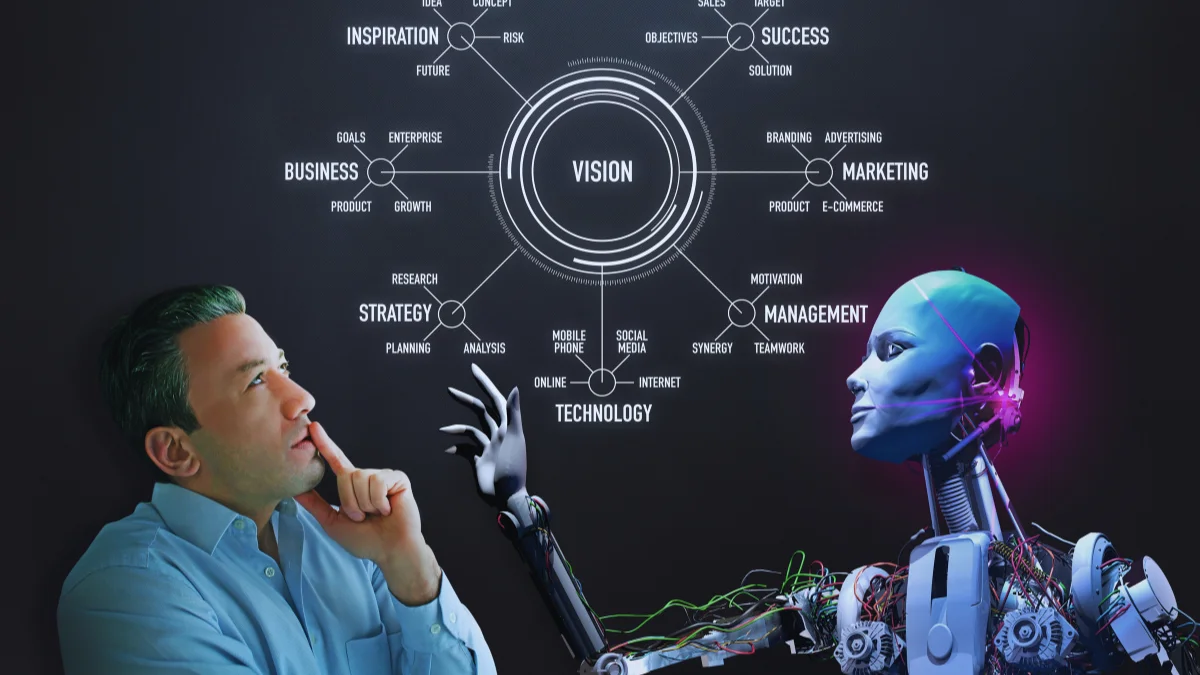Healthcare faces a daily battle with human error in medical diagnosis. Missed symptoms and late detections put lives at risk, while doctors struggle with overwhelming caseloads.
AI and machine learning bring fresh solutions to these age-old problems. Though eliminating all human mistakes in medicine remains unrealistic, combining AI technology and medical expertise creates powerful new possibilities.
This partnership isn’t about machines taking over—it’s about making healthcare smarter, faster, and safer for everyone.

How will Machine Learning be Saving Lives in 2025?
Medical facilities worldwide have started integrating AI systems to enhance patient care and reduce mortality rates. Data from multiple hospitals shows a consistent 20% reduction in patient mortality after implementing AI solutions.
These systems work alongside medical professionals, offering rapid analysis and support for critical decisions.
1. Brain Scan Interpretation

Recent studies have proven AI systems are twice as effective as human professionals at examining stroke patients’ brain scans.
Swift analysis of these scans helps medical teams identify the stroke timeline, letting them make crucial treatment decisions within the limited therapeutic window.
Many hospitals now use AI to automatically flag critical cases, moving them to the top of radiologists’ queues.
Modern AI algorithms can detect subtle changes in brain tissue that might escape human notice. This capability proves particularly valuable during night shifts or in understaffed facilities.
The technology has shown remarkable accuracy in identifying different types of strokes, brain bleeds, and other neurological conditions.
Medical teams receive instant notifications about critical findings, dramatically reducing the time between scan completion and treatment initiation.
This rapid response system has significantly improved patient outcomes, especially in cases where every minute counts.
2. Bone Fracture Detection

Traditional medical practices miss up to 10% of bone fractures, leading to delayed treatments and complications. AI-powered systems have transformed this landscape by analyzing X-rays with unprecedented accuracy.
These tools help medical professionals spot subtle fractures that might otherwise go unnoticed.
The technology proves particularly valuable in emergency departments, where high patient volumes often pressure staff to make quick decisions.
AI assists by highlighting potential fracture sites and suggesting optimal viewing angles for confirmation. This collaboration between AI and medical professionals has reduced unnecessary repeat X-rays and follow-up appointments.
Healthcare facilities report substantial cost savings and improved patient satisfaction since implementing these systems.
The technology helps standardize fracture detection across different experience levels of medical staff, ensuring consistent quality of care regardless of who reads the X-ray.
3. Ambulance Triage

Smart triage systems now achieve 80% accuracy in determining which patients need immediate hospital transfer. These AI tools analyze vital signs, mobility data, and reported symptoms to make quick, unbiased decisions.
The technology helps paramedics focus their attention on the most critical cases while ensuring other patients receive appropriate care levels.
Real-world implementations show significant improvements in resource allocation and response times. Ambulance services using AI triage systems report better patient outcomes and more efficient use of available resources.
The technology factors in multiple data points simultaneously, something human operators find challenging during high-stress situations.
These systems continuously learn from new data, improving their accuracy over time.
They take into account local hospital capacities, traffic conditions, and available specialist care to make informed decisions about patient transport.
4. Clinical Decision Support

AI systems now process vast amounts of medical data to assist doctors in treatment planning. These tools analyze patient histories, current symptoms, and the latest research to suggest treatment options.
The technology has proven particularly valuable in complex cases where multiple conditions interact.
Medical teams receive real-time alerts about potential drug interactions and patient risk factors. This continuous monitoring helps prevent complications before they occur.
The systems can quickly summarize extensive patient histories, helping doctors make informed decisions during time-critical situations.
Success stories from hospitals worldwide show improved patient outcomes and reduced medical errors.
The technology helps standardize care quality across different departments and experience levels, ensuring every patient receives evidence-based treatment recommendations.
5. Early Disease Detection

Advanced AI algorithms now detect disease markers years before symptoms appear. The technology analyzes routine medical tests, identifying subtle patterns that indicate developing conditions.
This early warning system allows medical teams to intervene before diseases progress to advanced stages.
Recent breakthroughs include AI systems that can spot Alzheimer’s markers 15-20 years before symptoms show.
Similar tools exist for various cancers, heart conditions, and neurological disorders. The technology processes multiple data points simultaneously, creating comprehensive risk assessments.
Healthcare providers report significant improvements in treatment success rates when conditions are caught early.
These systems prove particularly valuable in preventive medicine, helping doctors identify high-risk patients who need closer monitoring.
RELATED:
6. Drug Development Support

AI has revolutionized pharmaceutical research by predicting which drug compounds will likely succeed in clinical trials.
The technology analyzes molecular structures, biological interactions, and historical trial data to identify promising candidates. This approach has dramatically reduced development costs and accelerated the drug discovery process.
Pharmaceutical companies report significant improvements in success rates for new drug development.
The AI systems help researchers focus on the most promising compounds, reducing time spent on less viable options. This targeted approach has shortened the typical drug development timeline.
Clinical trials now benefit from AI-powered patient matching and monitoring systems.
The technology helps identify suitable trial participants and tracks their responses in real time. These capabilities have improved trial efficiency and data quality while reducing costs.
Is This the End of Human Error?
“The end of human error” is not a realistic expectation in the context of AI and disease diagnosis. Medical care demands a balanced approach where technology enhances human capabilities rather than replacing them.
Success lies in understanding how AI and human expertise can work together to minimize errors while maximizing patient care quality.
1. Current AI Limitations

Technical challenges still pose significant barriers to AI adoption in healthcare settings. Data quality issues often arise from inconsistent recording methods and varying standards across medical facilities.
Many hospitals struggle with outdated infrastructure that cannot support advanced AI systems, while others face challenges integrating new technology with existing medical records.
Security concerns remain at the forefront of AI implementation. Healthcare data requires strict privacy protection, and any breach could have serious consequences for patient confidentiality.
The cost of maintaining secure systems and training staff adds another layer of complexity to AI adoption.
System reliability remains a key concern. AI tools occasionally produce unexpected results when encountering rare medical conditions or unusual patient presentations.
These edge cases highlight the importance of maintaining human oversight and developing robust backup systems.
2. The Human-AI Partnership

Medical professionals working alongside AI systems report improved confidence in their decision-making processes. The technology serves as a second opinion, confirming diagnoses and flagging potential oversights.
This collaboration enhances patient care while maintaining the critical human element in healthcare.
AI tools excel at processing vast amounts of medical data, but doctors bring contextual understanding and emotional intelligence to patient care.
Successful hospitals have found ways to blend these strengths, creating workflows that maximize both human and machine capabilities. Staff members learn to trust AI insights while maintaining their clinical judgment.
Training programs now focus on teaching medical professionals how to effectively collaborate with AI systems.
This approach recognizes that neither humans nor machines are infallible, but together they can achieve better outcomes than either could alone.
3. Future Outlook

Healthcare systems worldwide are developing new frameworks for AI integration. These plans focus on creating sustainable, scalable solutions that can adapt to evolving medical needs.
Research indicates that successful implementation requires a careful balance between automation and human oversight.
Regulatory bodies are working to establish clear guidelines for AI use in medical settings. These standards will help ensure consistent quality while protecting patient interests.
The focus remains on creating systems that enhance rather than replace human medical expertise.
Educational institutions have begun updating their curricula to prepare future healthcare professionals for AI collaboration.
This forward-thinking approach ensures that new graduates enter the field ready to work with emerging technologies while maintaining strong clinical skills.
Tired of 9-5 Grind? This Program Could Be Turning Point For Your Financial FREEDOM.

This AI side hustle is specially curated for part-time hustlers and full-time entrepreneurs – you literally need PINTEREST + Canva + ChatGPT to make an extra $5K to $10K monthly with 4-6 hours of weekly work. It’s the most powerful system that’s working right now. This program comes with 3-months of 1:1 Support so there is almost 0.034% chances of failure! START YOUR JOURNEY NOW!
